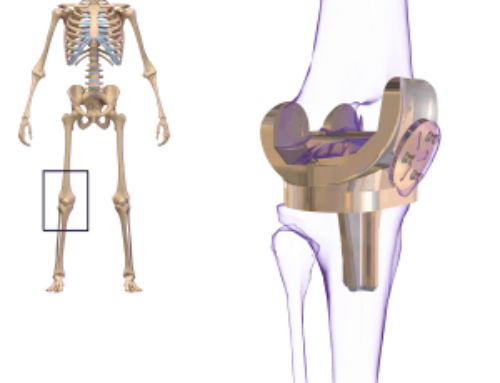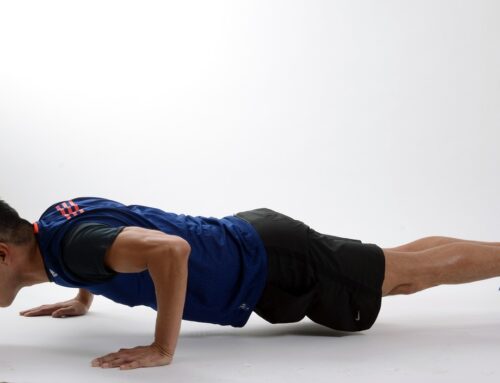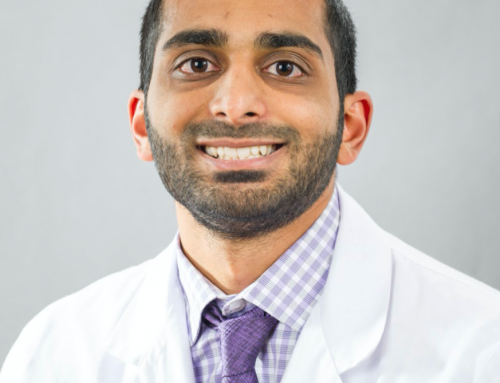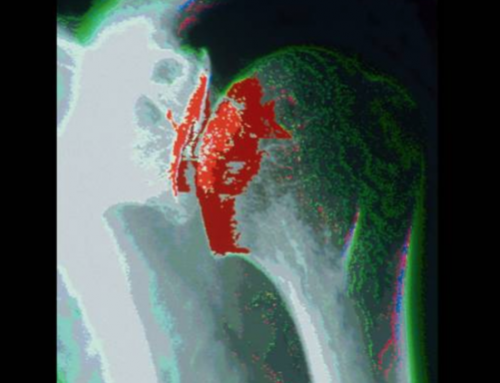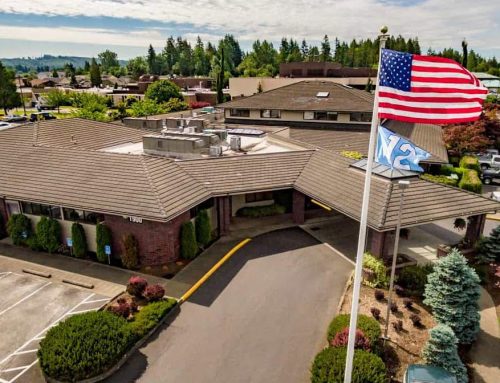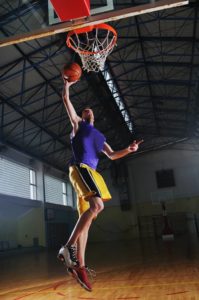 For athletes and “wanna-be” athletes alike, an anterior cruciate ligament (ACL) tear is one of the most feared injuries one can sustain. More common in females than males, and commonly seen in sports requiring quick changes of direction, the ACL is typically torn as an athlete plants their foot on the ground with an extended leg and rotates internally. Accidents involving falling from some height with an extended knee can also results in an ACL tear. The initial injury may be accompanied by a “snap” or “pop,” but often doesn’t keep an athlete from walking off the field under their own weight. In fact, some people may go an extended period of time, months to years, with lingering knee pain only to find out they actually tore their ACL long ago. Unlike other areas of the body that have self-repairing tissue, an ACL tear will not repair itself. Thus, the only corrective treatment for a torn ACL is found through surgery.
For athletes and “wanna-be” athletes alike, an anterior cruciate ligament (ACL) tear is one of the most feared injuries one can sustain. More common in females than males, and commonly seen in sports requiring quick changes of direction, the ACL is typically torn as an athlete plants their foot on the ground with an extended leg and rotates internally. Accidents involving falling from some height with an extended knee can also results in an ACL tear. The initial injury may be accompanied by a “snap” or “pop,” but often doesn’t keep an athlete from walking off the field under their own weight. In fact, some people may go an extended period of time, months to years, with lingering knee pain only to find out they actually tore their ACL long ago. Unlike other areas of the body that have self-repairing tissue, an ACL tear will not repair itself. Thus, the only corrective treatment for a torn ACL is found through surgery.
While the only real fix for an ACL tear lies within surgery, chances are you will get three different answers from three different orthopedic surgeons if you ask each of them how they repair an ACL. From the angles that surgeons drill, to the tissue that is used to replace the ACL, this is a heavily debated topic for those in the field. Here is some information on the different types of ACL repairs that are done.
The Tissue:
As you learned earlier, an ACL tear does not fix itself. Instead, the tissue is replaced with new tissue in the form of an allograft or an autograft, which calls for slightly different operative procedures.
- Allografts are tissue samples taken from cadavers that are fitted specifically for the size of the injured knee. Since the graft is harvested for specific size, it is more expensive than an autograft. In addition, the graft may take a greater amount of time to adapt to one’s knee and may have an immune response. However, an allograft allows for a faster surgery since the graft is ready prior to the procedure and doesn’t require taking tissue from other areas of one’s body as an autograft does.
- Autografts are tissue samples taken from other areas of an individual’s body. Since this procedure requires additional work to harvest tissue, the procedure does take longer than using an allograft, but the tissue often adapts more easily to one’s knee. There is more healing that needs to be done from this procedure, but in an athletic population, the results of a healed product are typically better than when an allograft is used. These are the most common areas used to create the autograft.
- Hamstring (semitendinosus or gracilis) – Using the hamstring to create an autograft often leads to the least painful and quickest recovery to activities of daily living. Also, the incision used to harvest the tissue is the same incision used during the actual ACL repair. On the downside, taking tissue from the hamstring, a major muscle in any sport competition, requires more time immobilized at the hamstring to allow it to heal completely, which also increases the time it takes to reach sport participation with full power capabilities.
- Patellar Tendon – This tendon is often referred to as the strongest option for ACL replacement. Additionally, harvesting from the patellar tendon increases the recovery speed and return to sport with full power capabilities. On the other hand, the initial rehabilitation from this graft is more painful than other options, may results in patellar tendonitis, and requires an extra incision site when compared to the hamstring graft.
Did you tear your ACL, or has someone you know torn his or her ACL? Know that there are several options available for treatment. Consider your lifestyle and the goals you have for yourself moving forward before committing to any method of operative treatment. Washington Orthopaedic Center has several surgeons that routinely complete ACL repair procedures near Olympia. Give us a call at 360-736-2889 to set up a consultation with one of our providers today.
Article by Levi Bale

